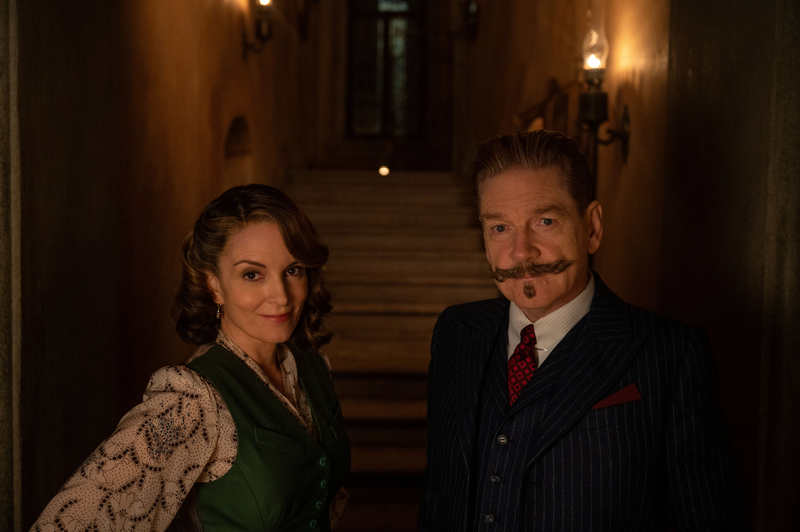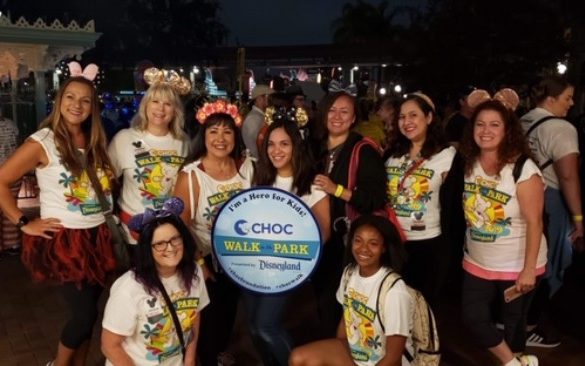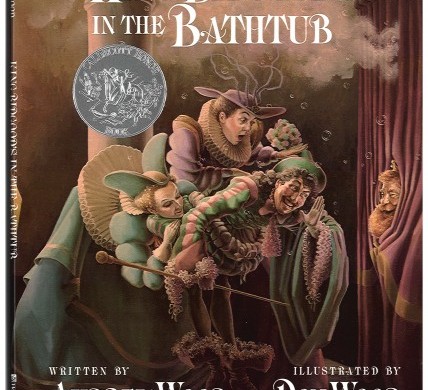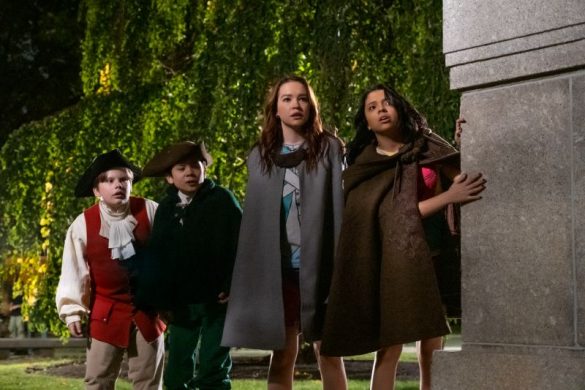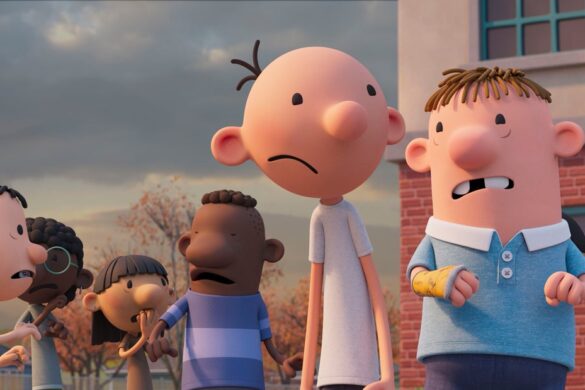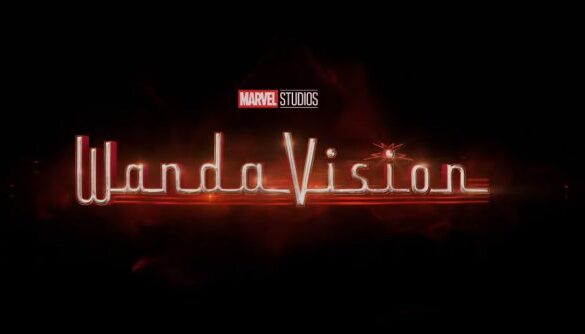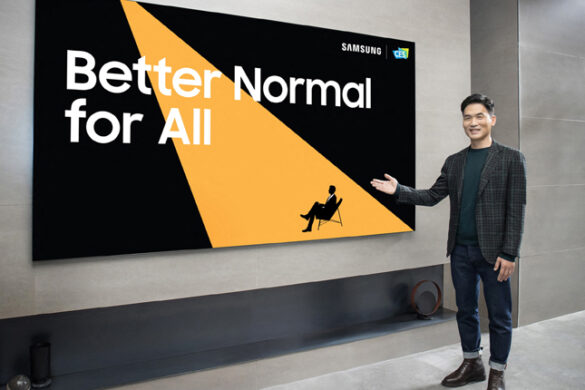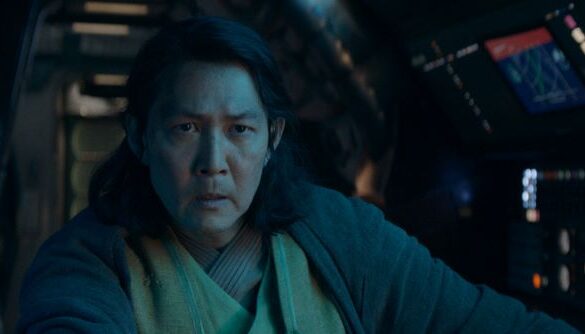The whodunit resurgence shows no slowing down, especially if director Kenneth Branagh continues to expand the Hercule Poirot universe by adapting more and more Agatha Christie novels for the big screen. His latest, “A Haunting In Venice,” is a darker take on the murder mystery genre but still predictable and lacking the right amount of scares to be haunting. And yet, the solid cast and rich production design take us to a tangible and real world, while the camera work and cinematography elevate the visual storytelling to make us feel as though we are right there with the characters.
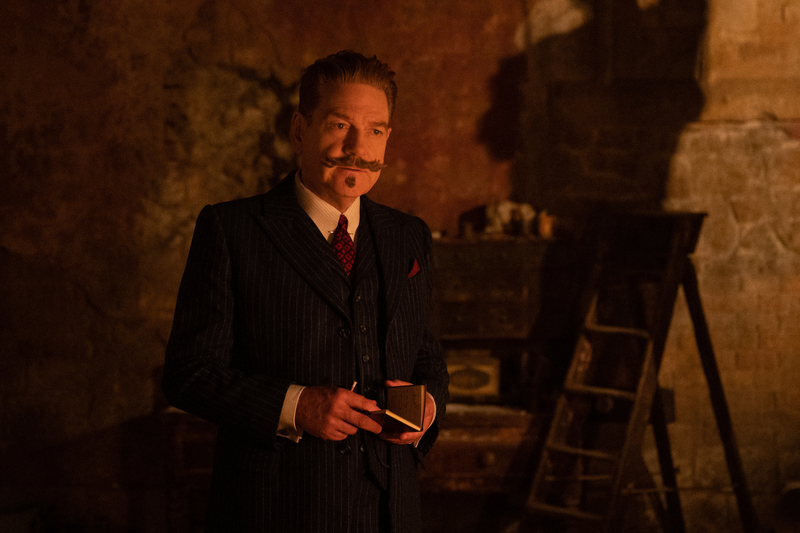
Hercule Poirot (Branagh), now retired and living a peaceful life in Italy, is called upon to attend a séance with his friend and author Ariadne Oliver (Tina Fey). Her latest trio of books were considered flops by critics, so she needs him as a muse for her next novel. So she invites him to the séance, believing it could be an inspiration where a detective who uses logic meets his match when he runs into a medium to speak to the dead.
However, Poirot isn’t easily convinced. As the skeptical sleuth learns more about Rowena Drake (Kelly Reilly), grieving over the loss of her beloved daughter Alicia Drake (Maxime Gerard), who committed suicide and is now haunting the halls of the family palazzo. Then there’s Dr. Leslie Ferrier (Jamie Dornan) and his son, Leopold Ferrier (Jude Hill). Joyce Reynolds (Michelle Yeoh) is the one who will be conducting the séance with the assistance of siblings Desdemona Holland (Emma Laird) and Nicholas Holland (Ali Kahn). Finally, there’s Olga Seminoff (Camille Cottin), the family’s very religious au pair, and Vitale Portfoglio (Riccardo Scamarcio), an officer connected to the case. Finally, there’s Maxime Gerard (Kyle Allen), Alicia’s former lover.
Initially, Branagah looks like he is putting a slightly scarier twist on the “Death on the…” formula by trapping the murder mystery inside a decaying palazzo with a spirit roaming the halls. Before the festivities, Rowena hosts a Halloween party, where kids are treated to a puppet show and learn about how the palazzo was originally an orphanage and those stricken with the plague were trapped inside a room and eventually died. Then, their spirits took vengeance on the doctors and nurses who trapped them there. Sure, the thunderstorms and violent puppetry were meant to scare the kids. Still, it also acts as an exposition for all the unexplained events that will occur.
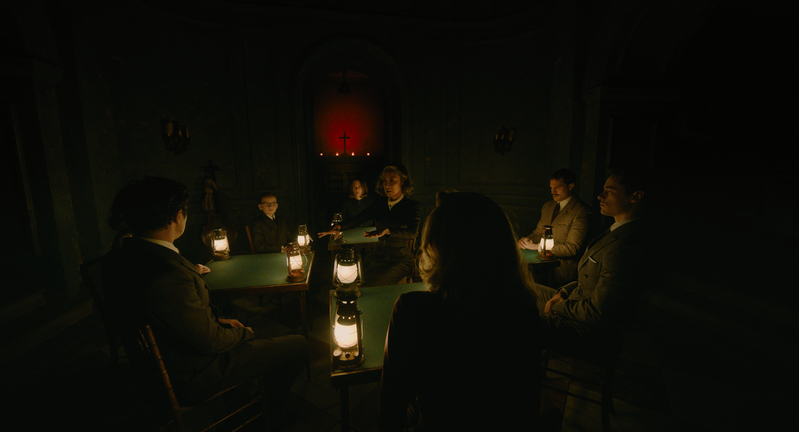
Eventually, we see Joyce carry out the séance. Using a typewriter and sheets of paper to communicate, the medium seemingly makes contact with a suffering Alicia. Yeoh’s performance is over-the-top but one that fools though it fits, considering that being able to speak to the dead is nothing more than a con. Each type is a loud pounding sound, scary enough to make you jump out of your seat. Of course, Poirot deduces that Joyce’s séance is a sham and nothing more than a performance. However, the defective lights flickering, the ceilings leaking, and the doors blowing open easily with a light gust of wind make us question our disbelief.
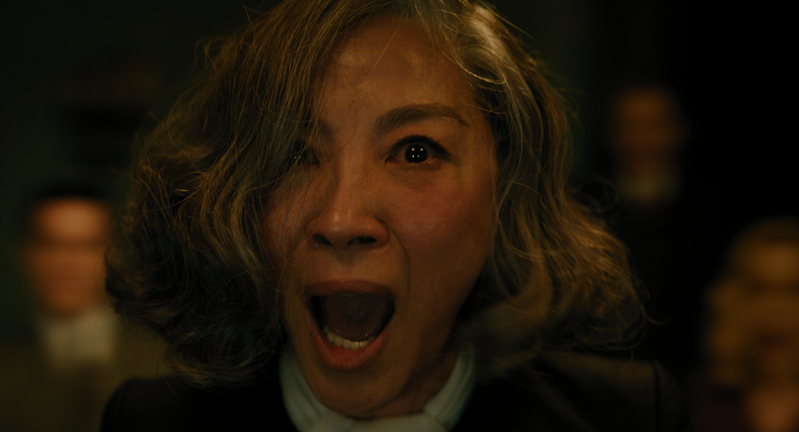
Soon, Poirot experiences odd sensations and becomes disoriented. It’s almost as if he is losing his mind. And the other characters begin to question whether or not anything is real. After all, Poirot has trapped them inside this one room. This creates a sense of claustrophobia. There is nowhere to escape; even if you could go outside, there is nowhere else to go because it’s a dark and stormy night. One would drown if they tried escaping through the canals. But the more murder-related secrets Poirot uncovers, the more the bodies stack up. This isn’t anything new, considering it’s a recurring event with these films. So, to break away from that formula, Branagh turns to Christie’s scarier novels. And what he does is recreate that world by sequestering these characters in what almost looks and feels like a haunted house. The fact that there is very little use of green screen and CGI creates that vibe. The set, sound design, and cinematography evoke a sense of fear and anxiety of being trapped inside a decaying palazzo. The camera work is disorienting, which leaves us in a state of confusion as to where we should look or if what we saw was actually there.
A big part of these whodunits is that Poirot has encountered a case he can solve through logic. So, three films in, audiences already know the detective’s methods and the narrative formula. As such, it makes “A Haunting in Venice” predictable. The film telegraphs who we can trust and narrows down prime suspects when they are all trapped within the palazzo and interrogated by Poirot. The only twist is that this mystery has a supernatural element to it.
And yet, because Poirot is the most intelligent man in the room, there’s no way that he cannot disprove ghosts are haunting the palazzo. It’s only a matter of time before he proves to everyone that there are no such things as ghosts and that Joyce isn’t really a medium that can speak to the dead. Even with someone like Poriot, the film doesn’t do a good job of convincing us that the ghosts could be real. So, based on all of the evidence, we know where the film is going because of its telegraphing. It’s also easier to narrow down the suspects based on screen time, interactions, and body language.
Though the film is titled “A Haunting in Venice,” Branagah never takes advantage of putting fear into the film. Some jump scares are too far from each other, while others you can see coming because of how the director sets up the scene. Poirot, locking himself alone in a bathroom with the flickering lights and leaky faucets, tells the audience what’s coming.
Plus, the only one acting scared is Olga, who clings to her religious beliefs to justify what’s going on in the palazzo. Meanwhile, Rowena seems to believe Alicia’s spirit is seeking closure. But it’s hard to believe that it could be ghosts, considering we never get to hear much from the other suspects. Some are in on the hustle, while others have their own agenda. Leaving Poirot, a man of science and logic, it’s too easy to be very skeptical of what’s going on.
Ironically, a lot of that same production design and camera work keeps things intriguing. The camera angles, flips, and warps are disorienting and have us and Poirot questioning our sanity. Is what’s happening real at all? Of course, that question will be answered. And the palazzo itself feels like a character. As does ldur Guðnadóttir’s score, which walks that delicate balance of faith vs. belief, as well as horror vs. mystery. It’s a piece of music reflecting the bygone era of the late 1940s.
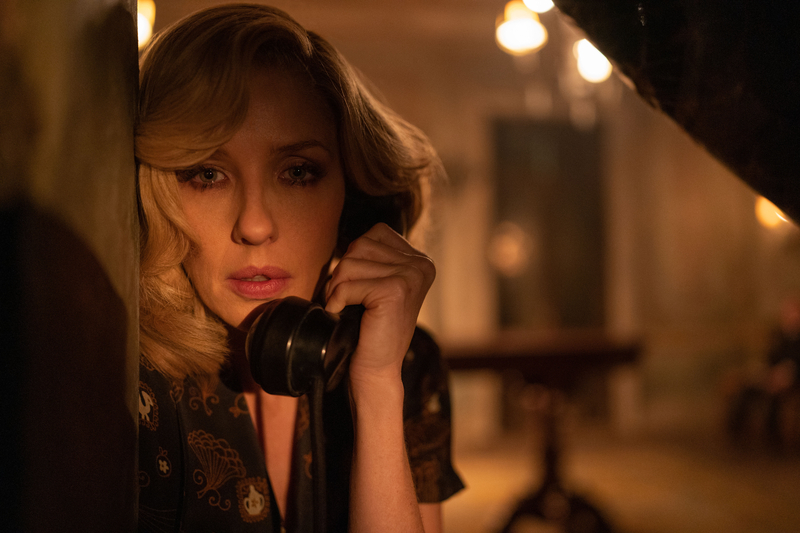
Despite its predictability and obvious clues laying out in plain sight as well as the telltale signs of who Poirot can trust, “A Haunting in Venice” manages to be an entertaining film thanks in no small part to a solid cast giving an excellent performance, and outstanding technical work. The multiple subplots coalesce this time around than previous attempts, making it much easier to follow the story. And what the sequel lacks in scares, it makes up for in its questioning the nature of reality with winding camera work, which can be disorienting and scary, making it feel as though the house is haunted. And there is a fun little twist that makes this murder mystery worth watching, even if the build-up to it was clunky.
7/10
A Haunting In Venice is in theaters September 15, 2023.

